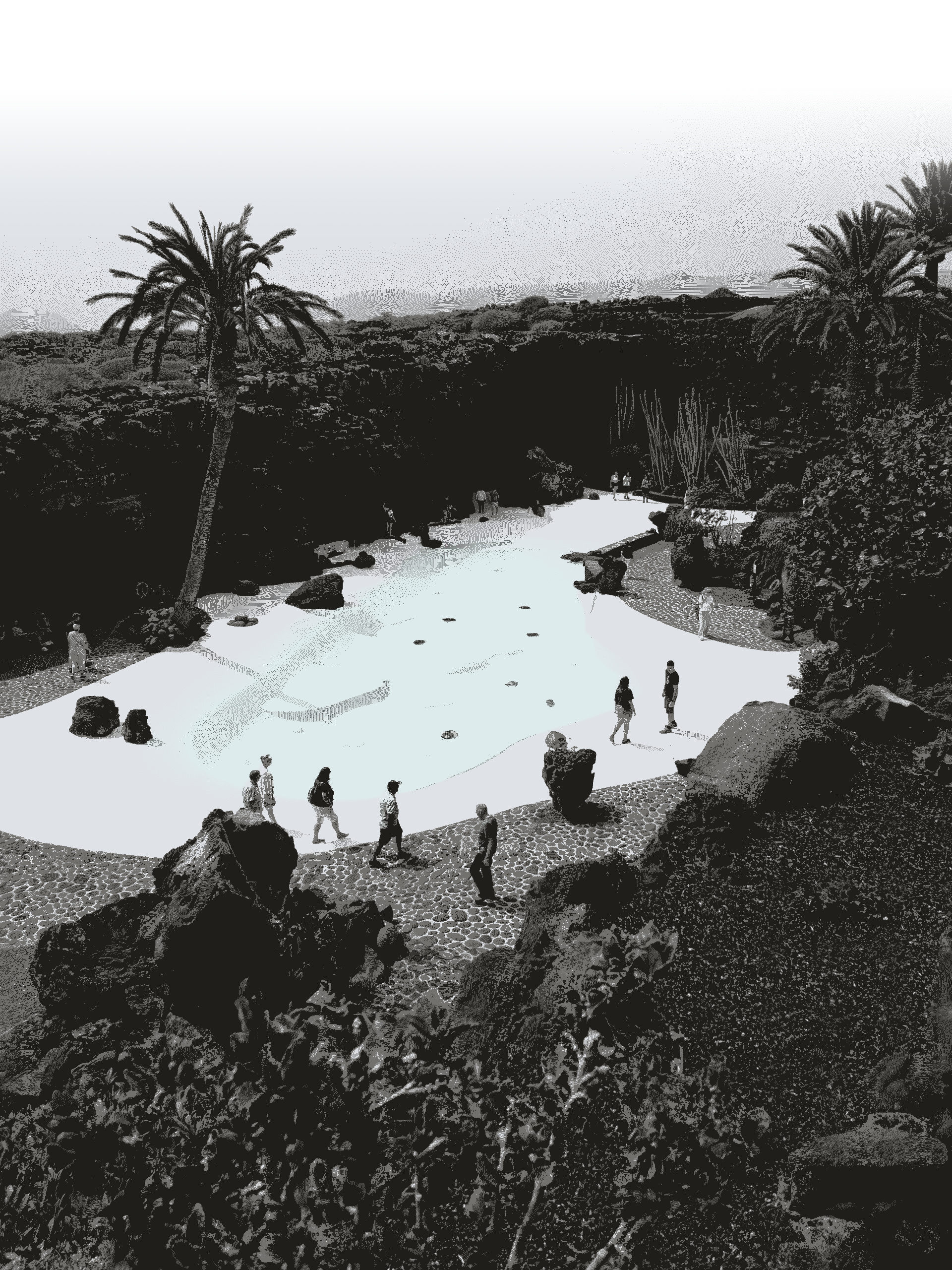In the stark volcanic landscape of Lanzarote, César Manrique crafted more than art - he forged a new relationship between architecture and environment that would transform an entire island. His vision went beyond mere preservation; it demonstrated how human creativity could enhance rather than dominate the natural world. His masterworks speak to this philosophy: buildings that emerge organically from volcanic formations, viewpoints that frame rather than impose upon the landscape, and public spaces that celebrate the raw beauty of Lanzarote's terrain. Yet perhaps his most enduring achievement lies in the environmental protections he championed - regulations that continue to preserve the island's unique character today. Across three issues, I examine how Manrique's artistic vision shaped Lanzarote's development, exploring the delicate balance he struck between progress and preservation. His approach offers vital insights for our contemporary struggles with sustainable development and cultural conservation - proving that with sufficient vision and determination, we can build without destroying the landscapes that inspire us. As we face global environmental challenges, Manrique's innovative integration of art, architecture, and nature provides a compelling and forward-thinking model for sustainable development that respects both cultural heritage and diverse, fragile natural landscapes.

